Introduction
Anything you teach in an indoor classroom can be taught outdoors, often in ways that are more enjoyable for children.
— Cathy James
This book, Wild Learning, came from my desire to help make outdoor learning and teaching more manageable and accessible to educators. The lessons and activities show you how to teach core subjects, in outdoor spaces such as the schoolyard and the neighborhood, as well as places farther afield. I want you to see the outdoors as a resource that can be used to teach your regular curriculum, not another extra subject or special event to try and fit into your day. For this reason, Wild Learning provides a collection of practical activities, projects, and classroom routines centered around math, reading, and writing.
Why outdoors? Because the outdoor environment provides so many benefits for you and your students! The outdoors provides a naturally multisensory learning environment and more opportunities for hands‐on learning (often without extra planning!). Compared to being inside, outdoor learning increases student engagement and attention, supports mental and physical health, and helps children form a deeper connection with the natural world. These are outcomes we all want to optimize in our classrooms!
You can implement the lessons and activities in this book from your classroom right away, as the activities require no additional training or special materials. Your students will gain the benefits of outdoor learning by writing descriptive stories based on observations of cloud formations, collecting bundles of sticks to learn place value, using chalk to play word games on pavement, looking for geometry in nature and the built environment, and writing an ode to something in the neighborhood (see Figure 0.1).
Benefits of Teaching Outdoors
Simply moving instruction outdoors is healthier, helps children form a strong connection with the natural world, supports a variety of learning styles, increases engagement, and increases students' motivation to learn.1 In addition, the mental health benefits of outdoor learning, such as reducing anxiety and depression, lowering stress, and improving self‐confidence, have been well documented.2 Schools continue to struggle to meet their students' learning and mental health needs. Incorporating more outdoor learning in schools is a simple and cost‐effective way to support your students' social‐emotional needs, learning styles, and increased engagement (see Figure 0.2).
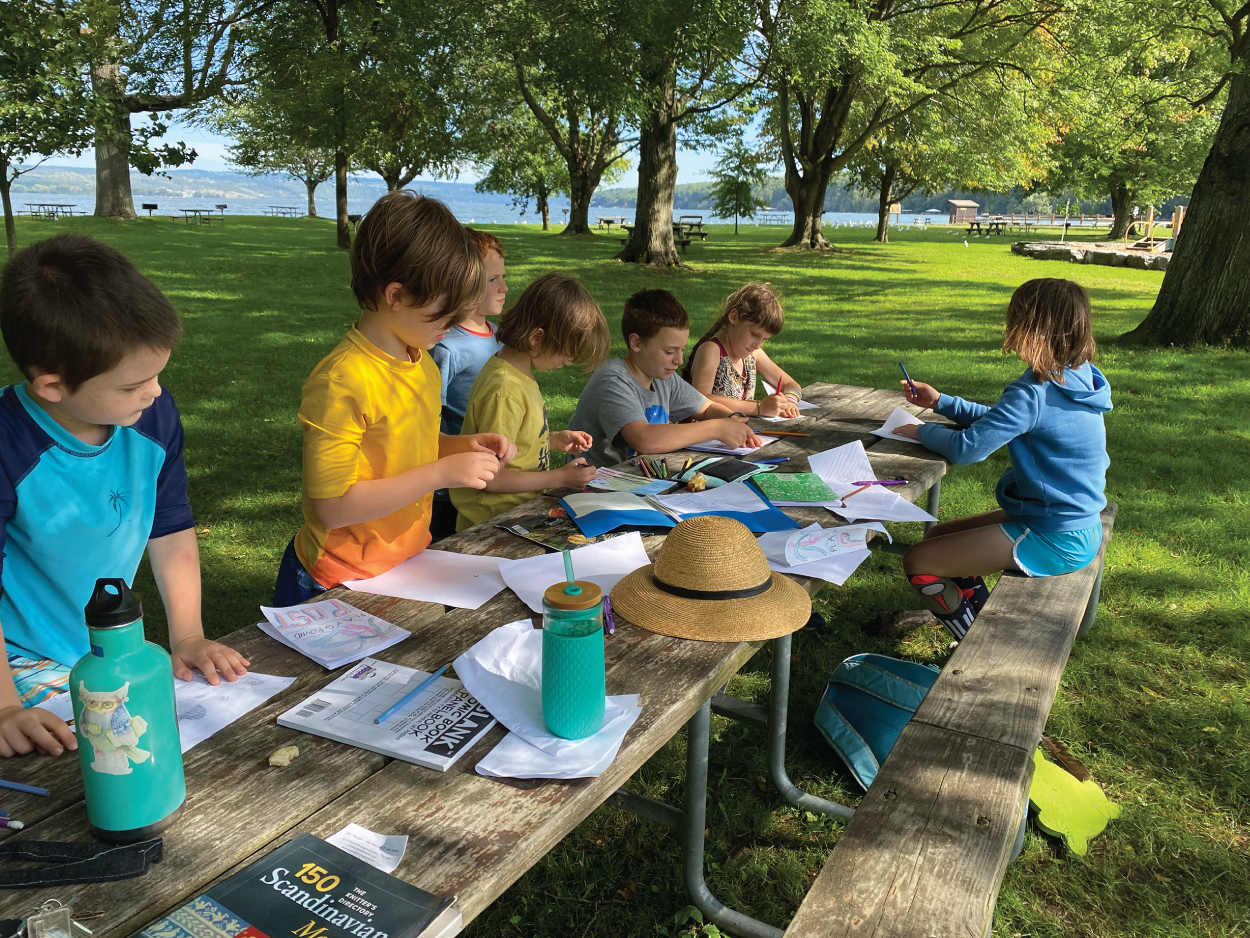
Figure 0.1 Students working on a writing project outdoors
Source: Rachel Tidd
The benefits of outdoor learning have even been shown to extend beyond a single outdoor lesson or activity. Some people mistakenly believe that the outdoor environment can be a distraction. However, a recent study has shown that taking lessons outside can positively affect student attention and engagement that lasts into the next lesson, even if the subsequent lesson is indoors.3 The positive effects were seen even if only the location of the lesson changed, not the content or delivery method. This means that even small changes, such as teaching an indoor lesson outside, reading aloud outside, or conducting a writing lesson outdoors, can help improve students' attention and engagement for the following lesson, even if instruction moves back indoors (see Figure 0.3)!
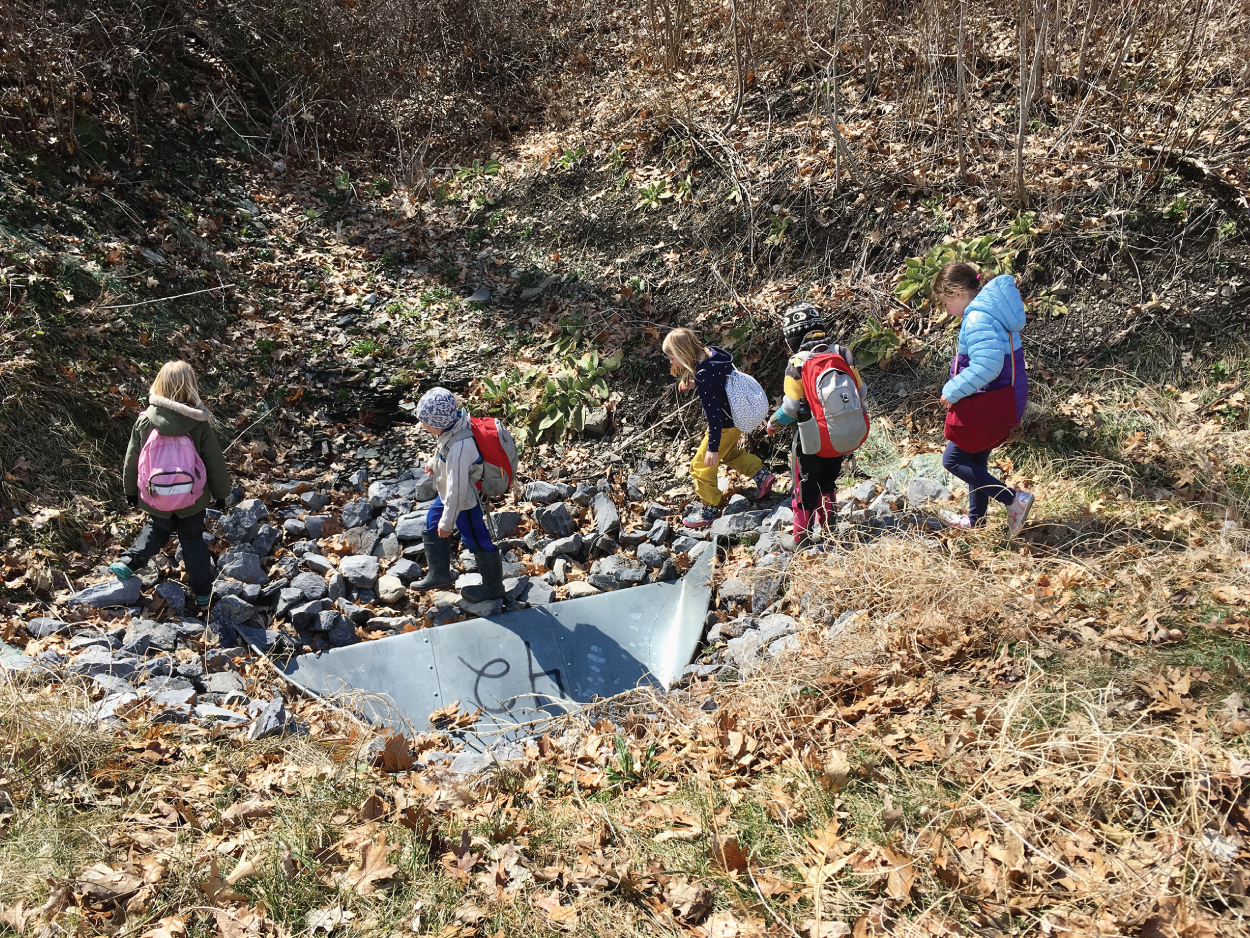
Figure 0.2 Students exploring the area near their school
Source: Rachel Tidd
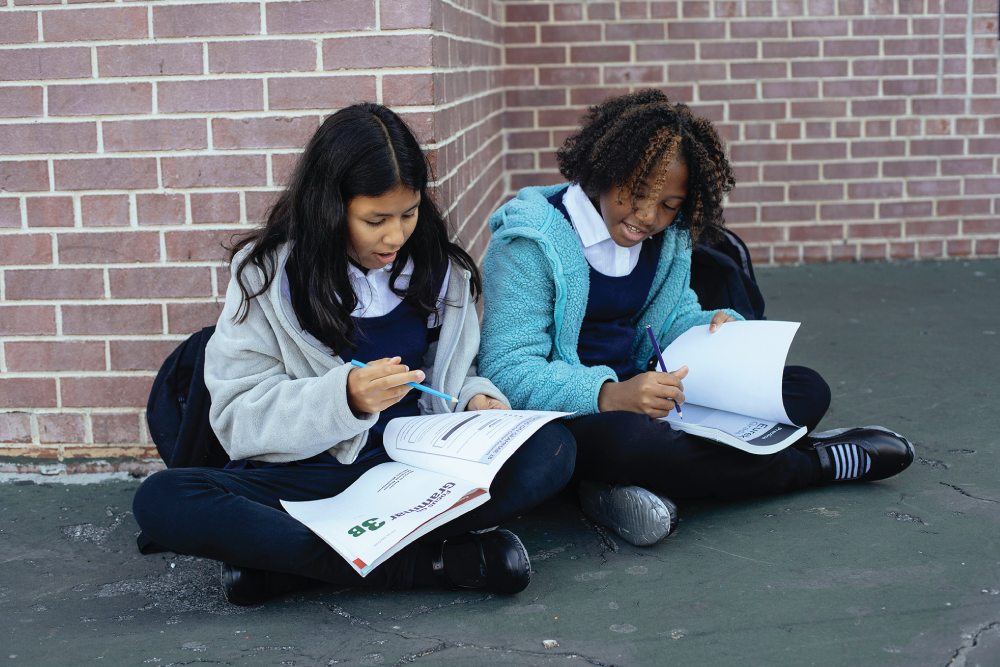
Figure 0.3 Students working in the schoolyard
Source: Mary Taylor / Pexels
Outdoor learning has also been shown to increase school achievement. Studies have shown an increase in standardized test scores, attendance, attitude about school, and improvements in behavior.4 This is partially attributed to the multisensory and hands‐on learning opportunities that learning outdoors typically provides. For example, practicing place value using bundles of sticks or making and writing words using word boxes drawn on the pavement.
Today's outdoor educational programs and curricula primarily focus on school gardens, the environment, science, or physical education. These programs are excellent, and if you have them at your school, take advantage of them! However, the reality is that for most teachers, special programs, training, and resources such as these are not available. The activities in this book are not trying to replace these outdoor programs, nor am I suggesting a completely outdoor program as with the forest school model.4 The goal here is to provide regular classroom teachers like you with the tools and encouragement to teach portions of your core curriculum outdoors. The lessons and activities found in Wild Learning are designed to be low or no cost, require no special training, and are taught in common outdoor areas such as the schoolyard.
Zones of Accessibility
One advantage of outdoor learning is that it is a resource available to schools everywhere, and making it easier for teachers and schools to implement is an important goal of this book. The lessons and activities are organized around three outdoor areas accessible to teachers. The locations radiate from the school forming “zones” of accessibility (see Figure 0.4). The most accessible outdoor zone is the schoolyard, followed by the neighborhood surrounding the school, and finally, locations that are farther away and take more planning such as local parks and natural areas. These three types of outdoor spaces are generally available regardless of whether a school is in an urban, suburban, or rural setting. While schools in rural and suburban settings may have more extensive school grounds, urban schools typically have some outdoor space available and have more learning opportunities in the neighborhood surrounding the school. Still, some schools may find themselves confined to the schoolyard for safety reasons or school policies. Organizing activities by location enables you to select activities that work best for your school's setting, schedule, and resources.
In the schoolyard
The schoolyard is the most accessible of the three outdoor location types. For the purposes of this book, the schoolyard is defined as any outdoor space available to you and your students on school property. This could mean a paved area, open field, playground, or even a rooftop (see Figure 0.5). Many schools in urban areas have completely paved schoolyards. This does not mean you cannot incorporate outdoor learning into your classroom! Chapter 3, In the Schoolyard, was written with this environment in mind. The chapter utilizes sidewalk chalk, learning games, natural materials, and playground equipment to fit any available space.
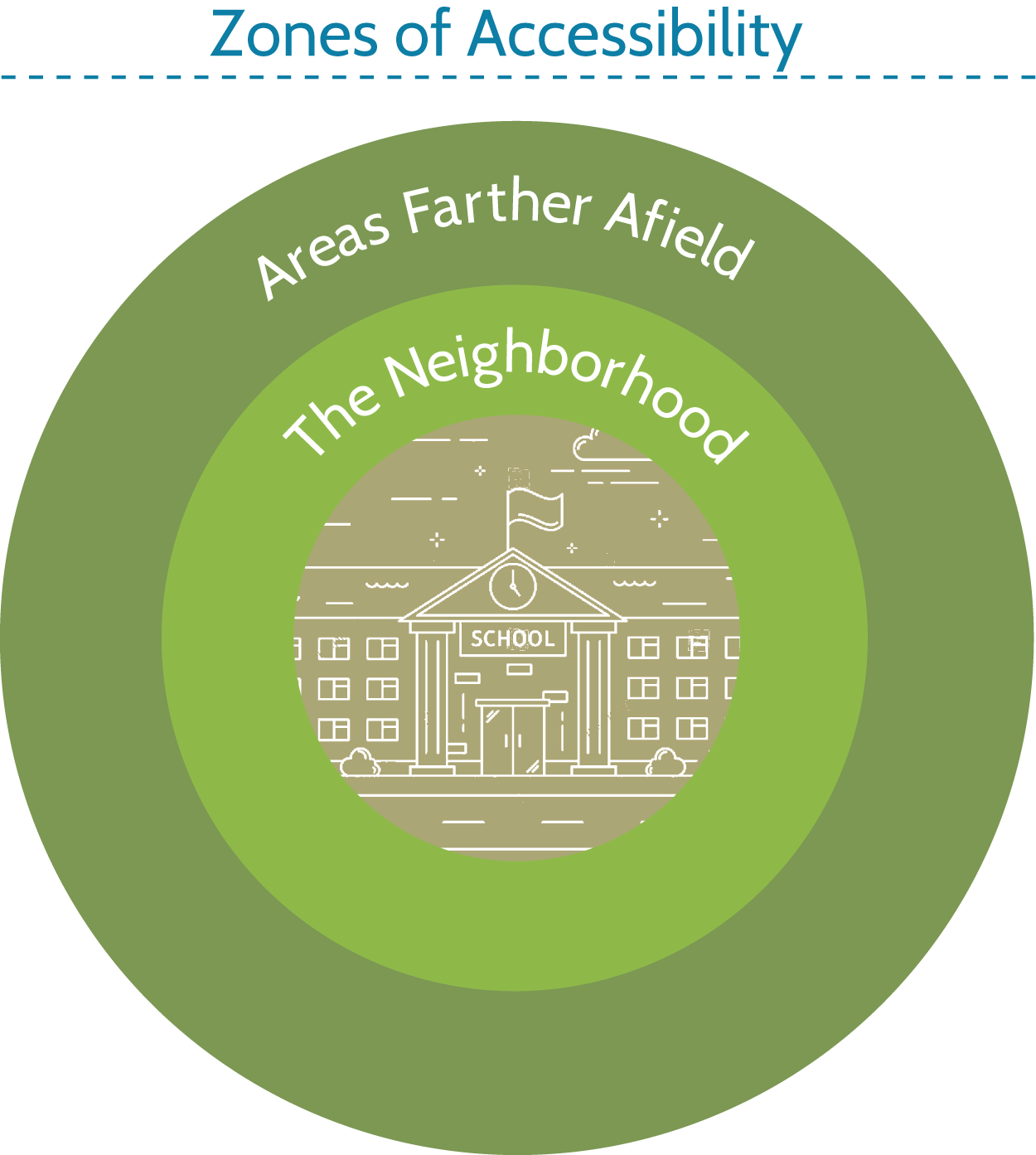
Figure 0.4 Zones of accessibility for outdoor learning surrounding a typical school
Source: Julie Manners. Inspiring / Shutterstock.
Just because an area in the schoolyard has not been used for instructional purposes before does not mean the space is not suitable! There is a huge opportunity to get creative and try new locations for learning. Elementary schools in Ithaca, New York, asked local landscaping companies to donate tree stumps to expand outdoor learning areas during the COVID‐19 pandemic (see Figure 0.6). Many of these previously overlooked areas were in slivers of grass between the sidewalk and the school or schoolyard.5 Getting students outside, even in highly urban areas, provides significant mental, physical, and learning benefits to students even if the outdoor space is an urbanized environment (see Figure 0.7).
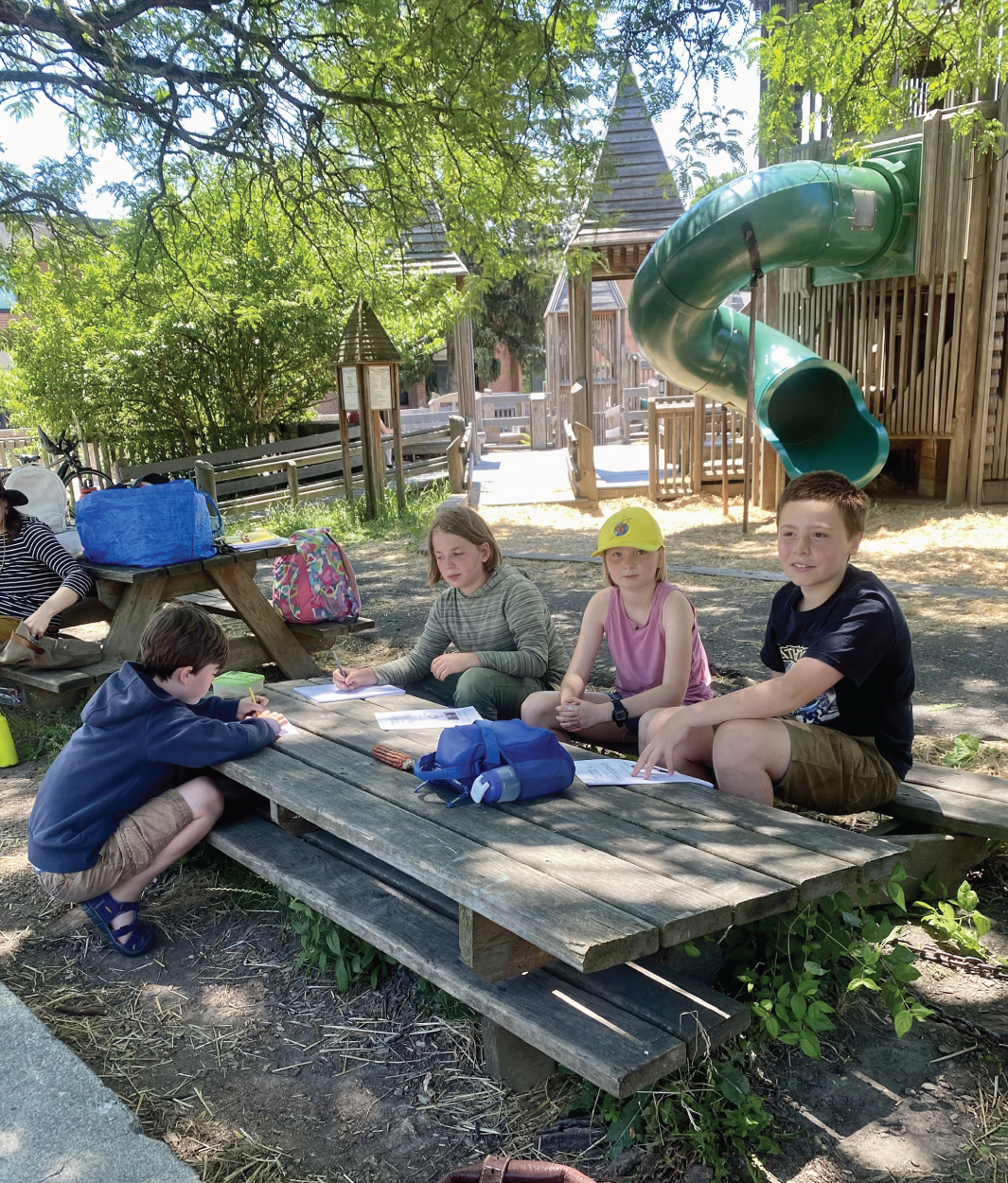
Figure 0.5 Students writing at a picnic table
Source: Rachel Tidd
Visiting the neighborhood
The neighborhood around a school is often overlooked as a location where outdoor learning can take place. Yet, it is highly accessible to teachers, requires no transportation, and often can provide opportunities for community projects and involvement. For the purposes of this book, the school neighborhood is anywhere within a 10‐ to 30‐minute walk around the school. Chapter 4, Visiting the Neighborhood, shows you how to take your class out to explore the area surrounding your school, helping your students foster a stronger sense of place and belonging, as well as providing a wider variety of activities, experiences, natural resources, and settings not available in the schoolyard (see Figure 0.8). Students will observe their neighborhood through a whole new lens through activities such as having students inventory tree species in the neighborhood or recording different examples of 2D and 3D shapes.
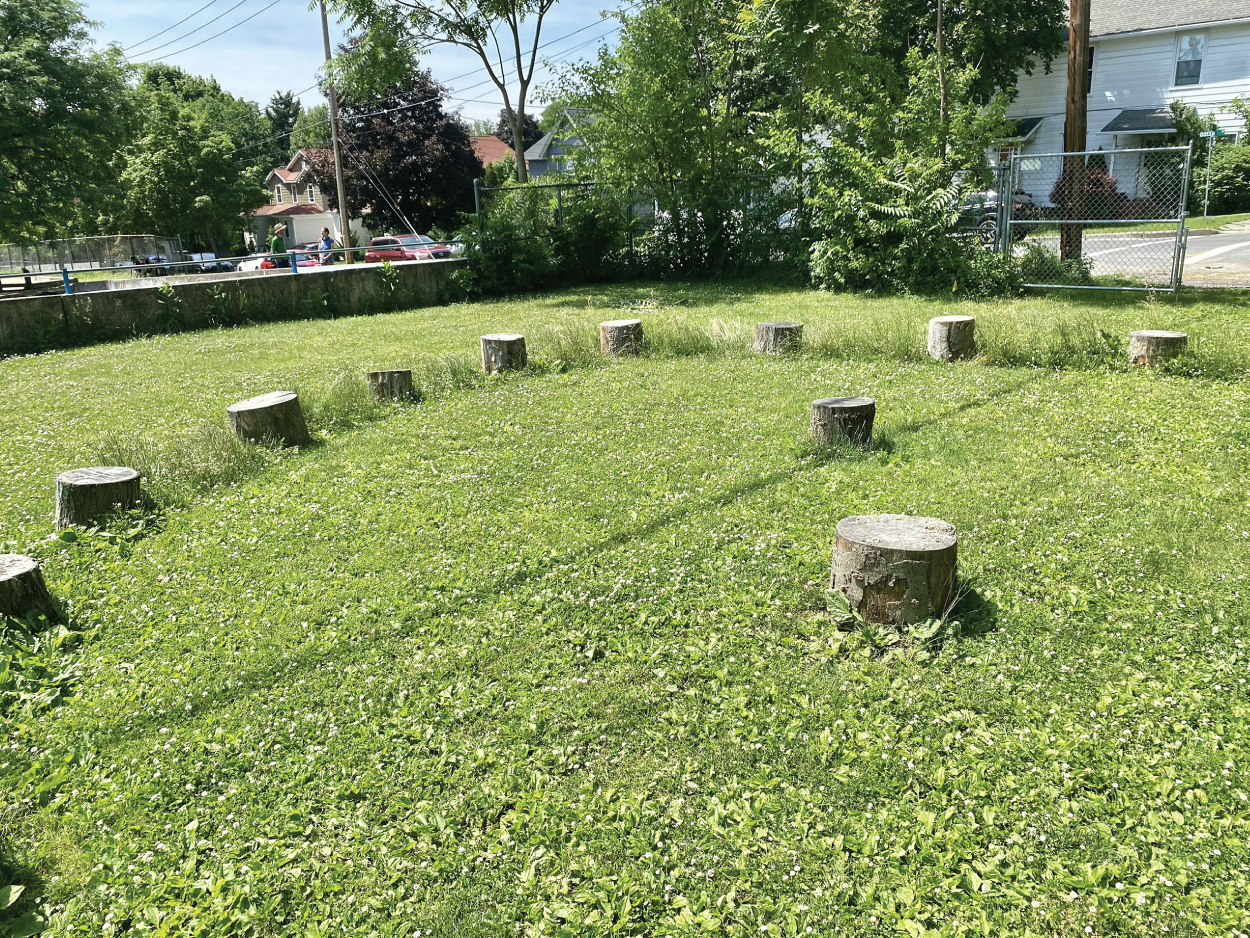
Figure 0.6 Tree stumps set up on school grounds for an outdoor classroom in Ithaca, New York
Source: Rachel Tidd
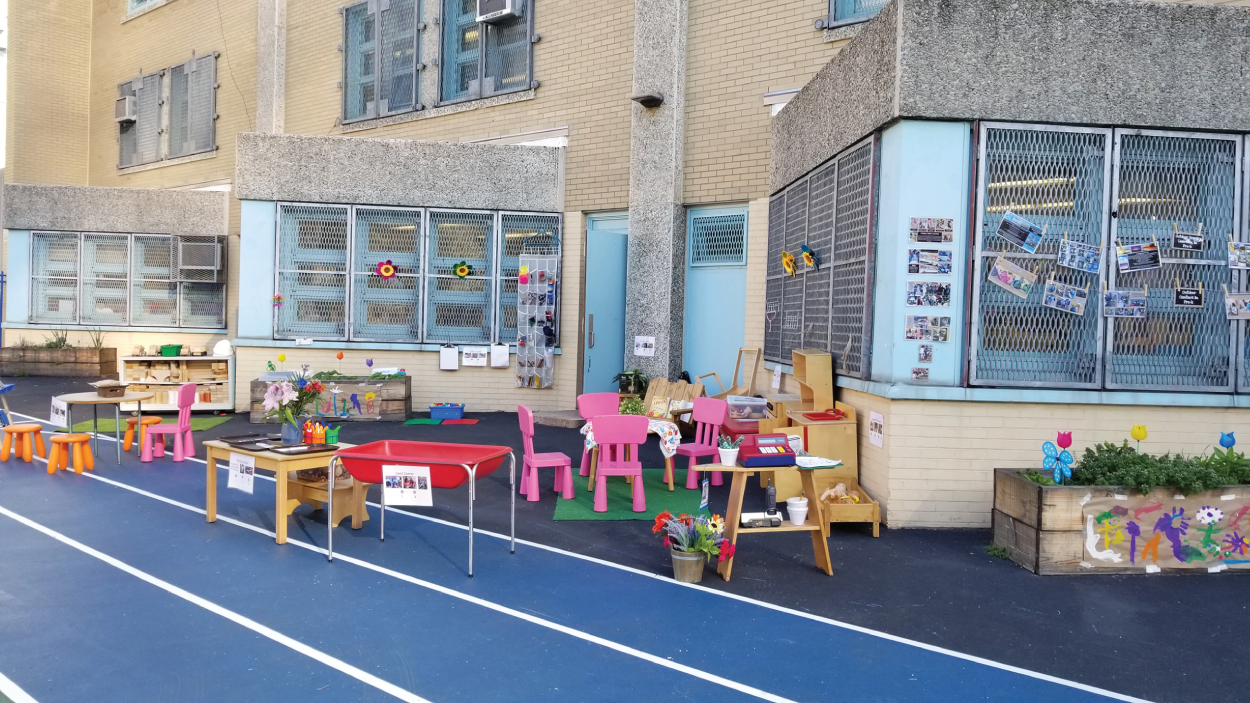
Figure 0.7 This prekindergarten class at P.S. 185 – The Locke School of Arts & Engineering in Harlem, New York, moved the main areas of their classroom outside to the primarily paved schoolyard
Source: Teresa Bello
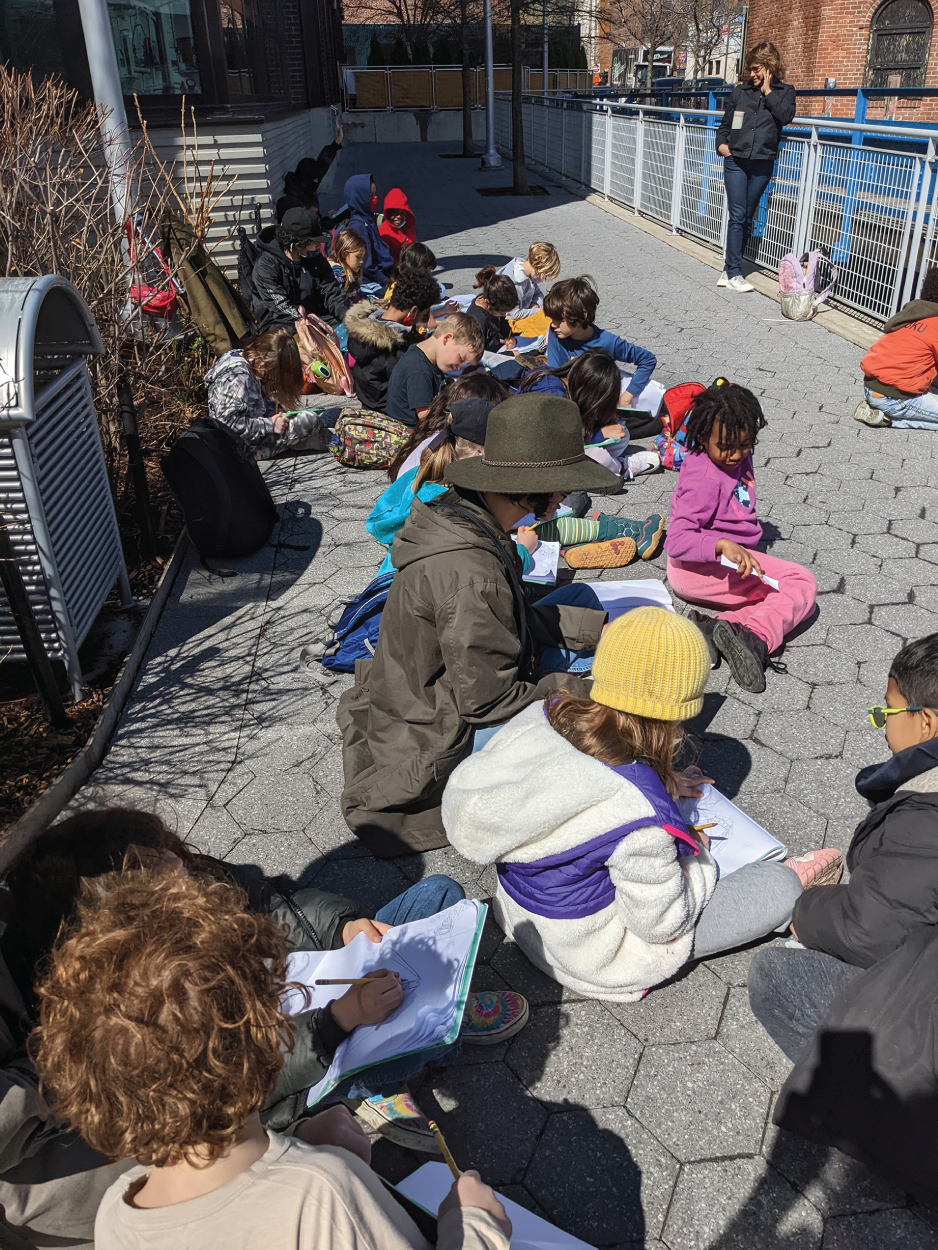
Figure 0.8 A class working on a project on the sidewalk
Source: Andrew Chiappetta
Exploring locations farther afield
For most schools, resources such as parks and natural areas are typically located outside the neighborhood zone (see Figure 0.9). These locations usually require more planning, transportation, and adult chaperones or additional staff. These requirements can act as barriers to visiting these types of areas frequently. Visiting these special places provides students with immersive experiences in nature and fosters a deeper connection to the natural world. Chapter 5, Exploring Farther Afield, will show you ways to use these natural areas with activities and lessons that reinforce academic skills and expand students' knowledge about the natural world (see Figure 0.10).
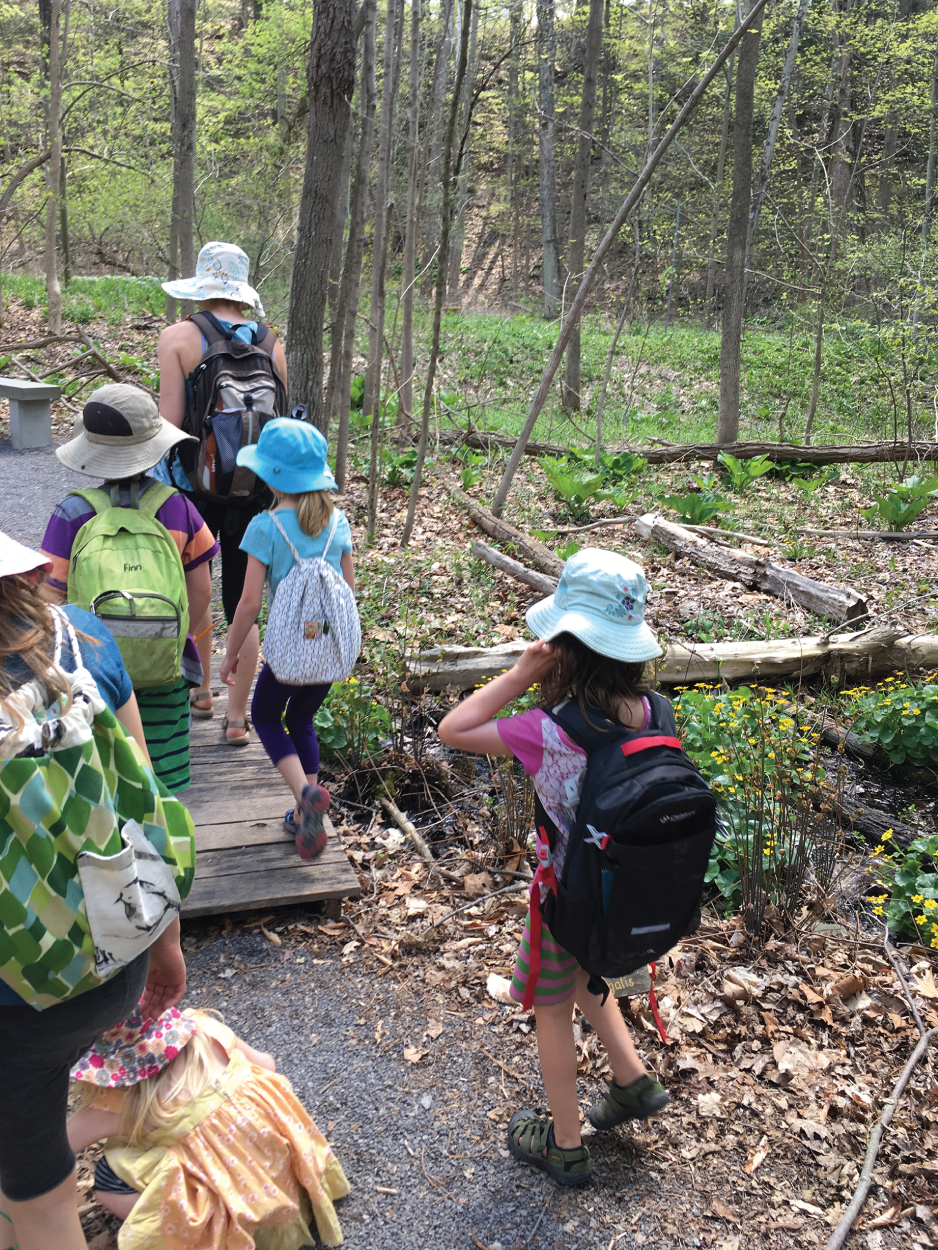
Figure 0.9 Students headed to explore a nature preserve
Source: Rachel Tidd
Inviting nature indoors
While teaching core lessons outdoors is the primary focus of this book, the focus of chapter 6 is on inviting nature into your indoor classroom. Bringing nature into your classroom will help children extend and build enthusiasm for learning outdoors. Incorporating seasonal rhythms, nature observations, and nature‐inspired routines into the classroom will foster a class culture that encourages careful observation and values the natural world. For students who lack experience and/or may have fears associated with the outdoors, building knowledge and familiarity with nature inside is the first step to feeling comfortable outside.

Figure 0.10 Students from P.S. 146 – The Brooklyn New School, visit the Brooklyn Bridge as part of their study of bridges
Source: Andrew Chiappetta
Embracing the wild
Incorporating outdoor learning into the regular curriculum provides a low‐cost and effective way to increase student achievement and engagement, as well as improve student social‐emotional and physical health. I hope that this book will provide teachers at all types of schools with the knowledge, strategies, and practical ideas to begin taking their teaching practice outdoors (see Figures 0.11 and 0.12).
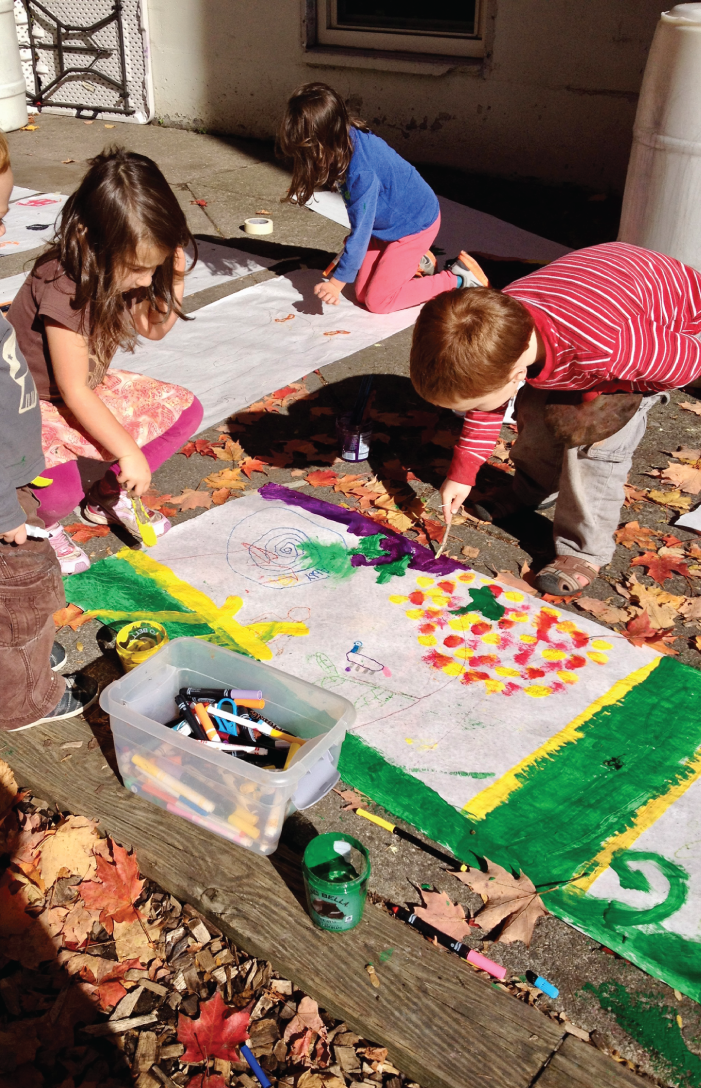
Figure 0.11 Students painting scenes from a story outdoors
Source: Rachel Tidd
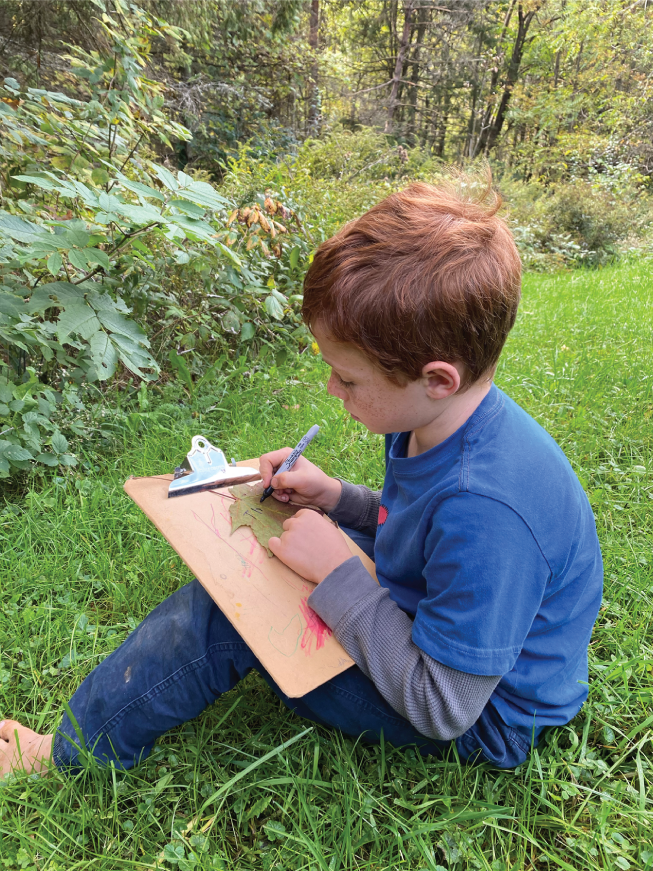
Figure 0.12 Leaves make great surfaces for writing
Source: Rachel Tidd
Notes
- 1. J. Mann, T. Gray, S. Truong, E. Brymer, R. Passy, S. Ho, P. Sahlberg, K. Ward, P. Bentsen, C. Curry, and R. Cowper, “Getting Out of the Classroom and Into Nature: A Systematic Review of Nature‐Specific Outdoor Learning on School Children's Learning and Development,” Frontiers in Public Health 10 (2022), Article 877058, https://www.frontiersin.org/articles/10.3389/fpubh.2022.877058/full
- 2. K. Weir, “Nurtured by Nature,” American Psychological Association, Monitor on Psychology (April 2020), https://www.apa.org/monitor/2020/04/nurtured-nature
- 3. M. Kuo, M. Browning, and M. Penner, “Do Lessons in Nature Boost Subsequent Classroom Engagement? Refueling Students in Flight,” Frontiers in Psychology 8 (2018), Article 2253, https://www.frontiersin.org/articles/10.3389/fpsyg.2017.02253/full
- 4. The forest school model is a learner‐led outdoor play and learning model that takes place in the forest or other natural environment. This is most commonly seen at the kindergarten or preschool level in the United States.
- 5. K. Langlois, “The Pandemic Moved Classrooms Outside: Let's Keep It That Way,” Outside (August 2021), https://www.outsideonline.com/culture/active-families/covid-outdoor-learning-schools/
